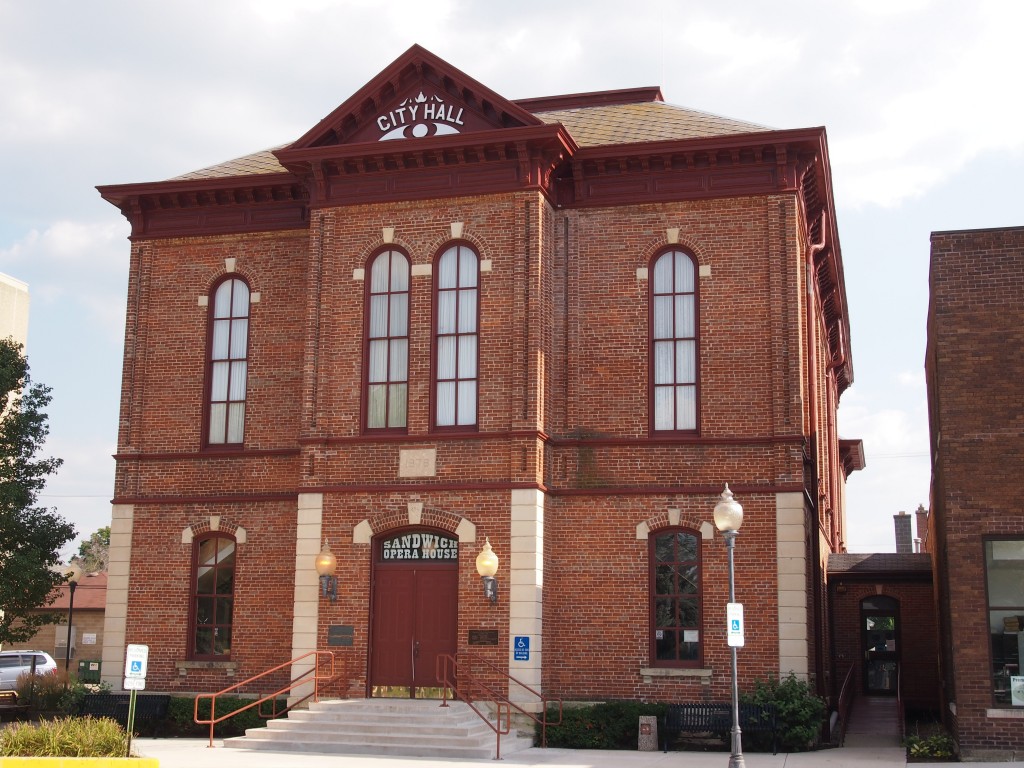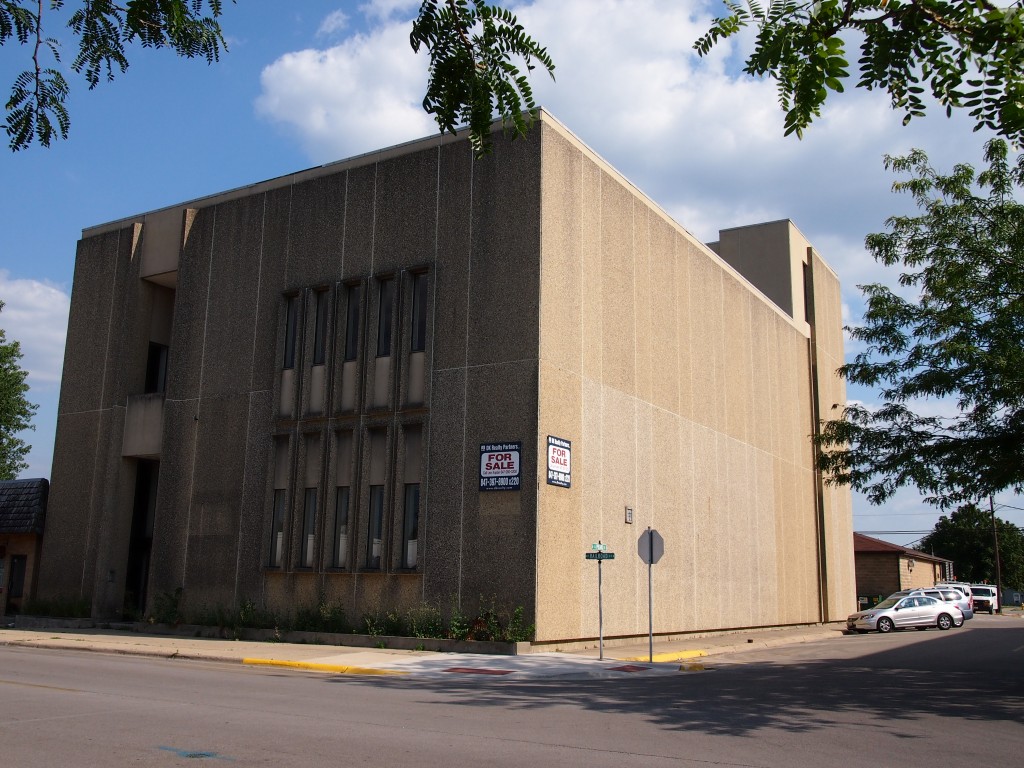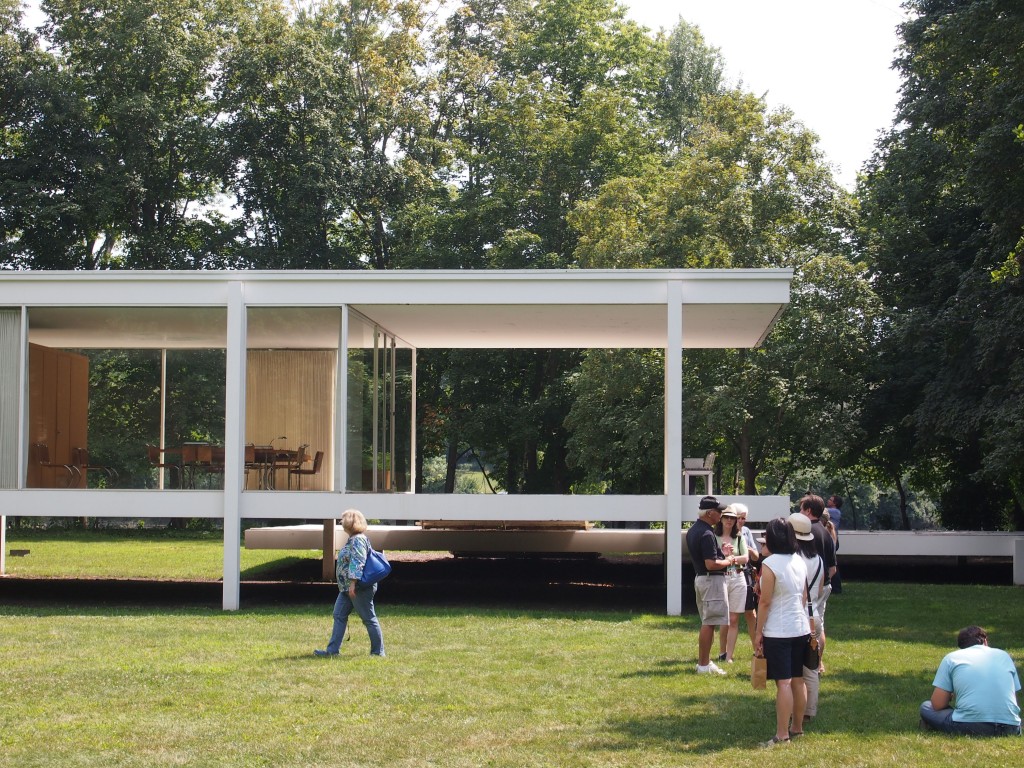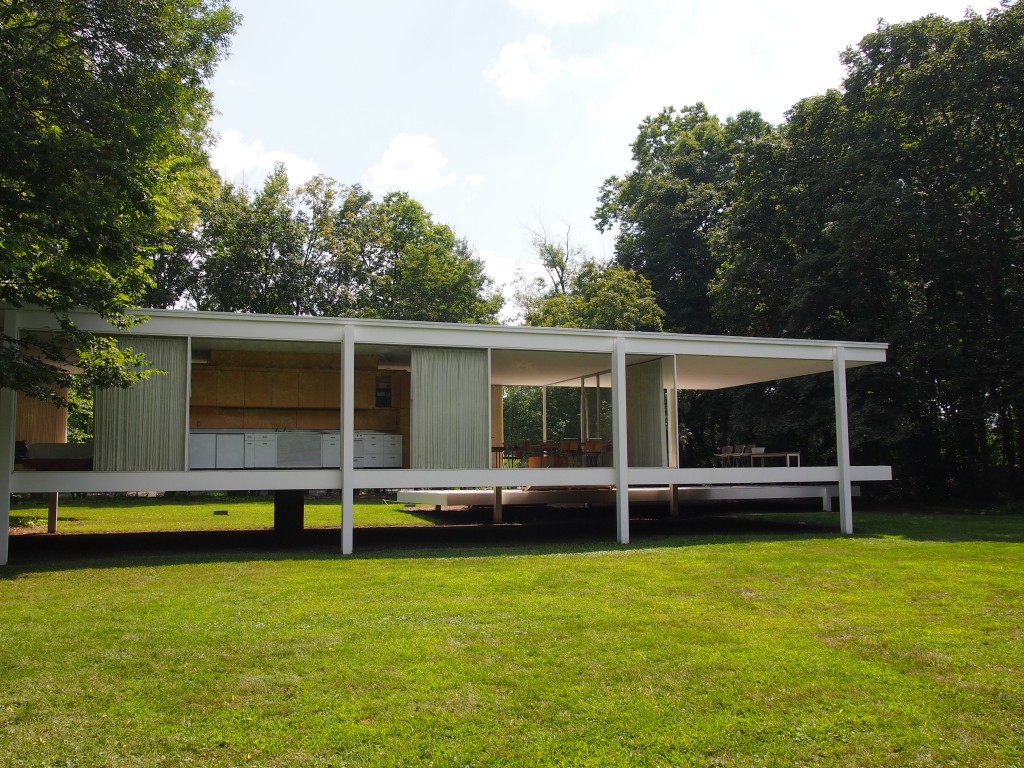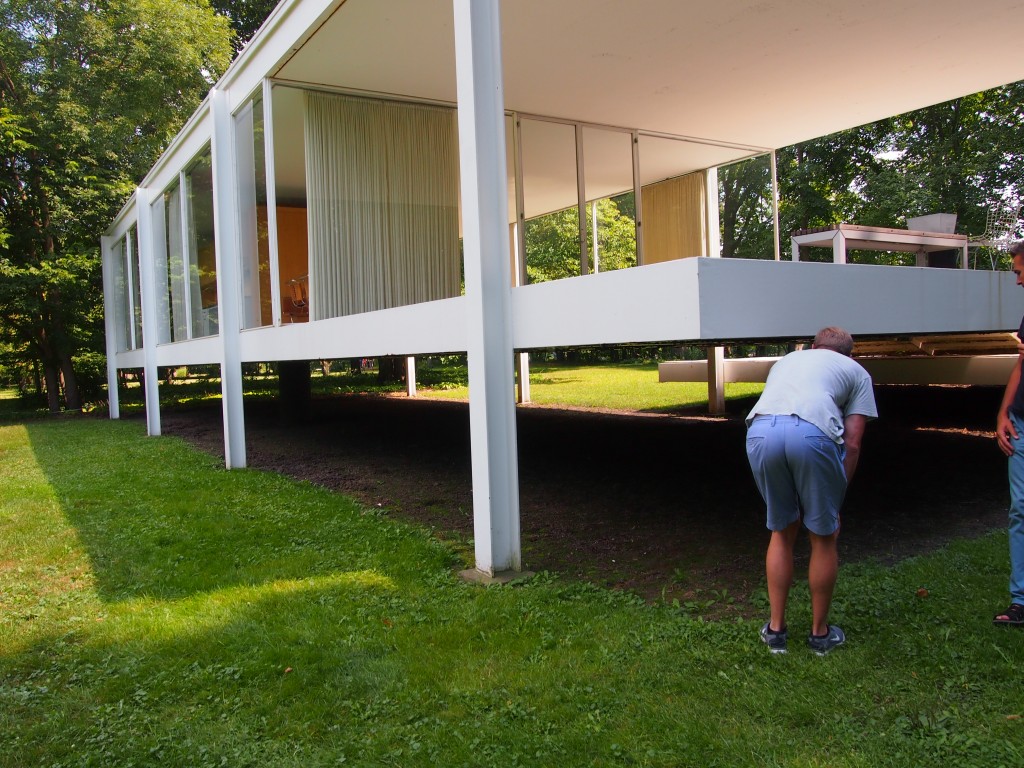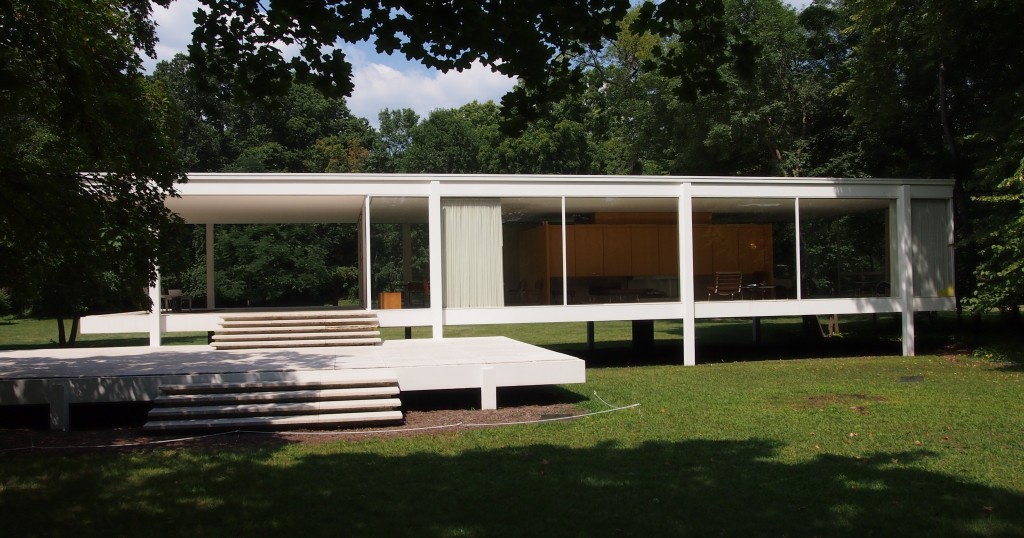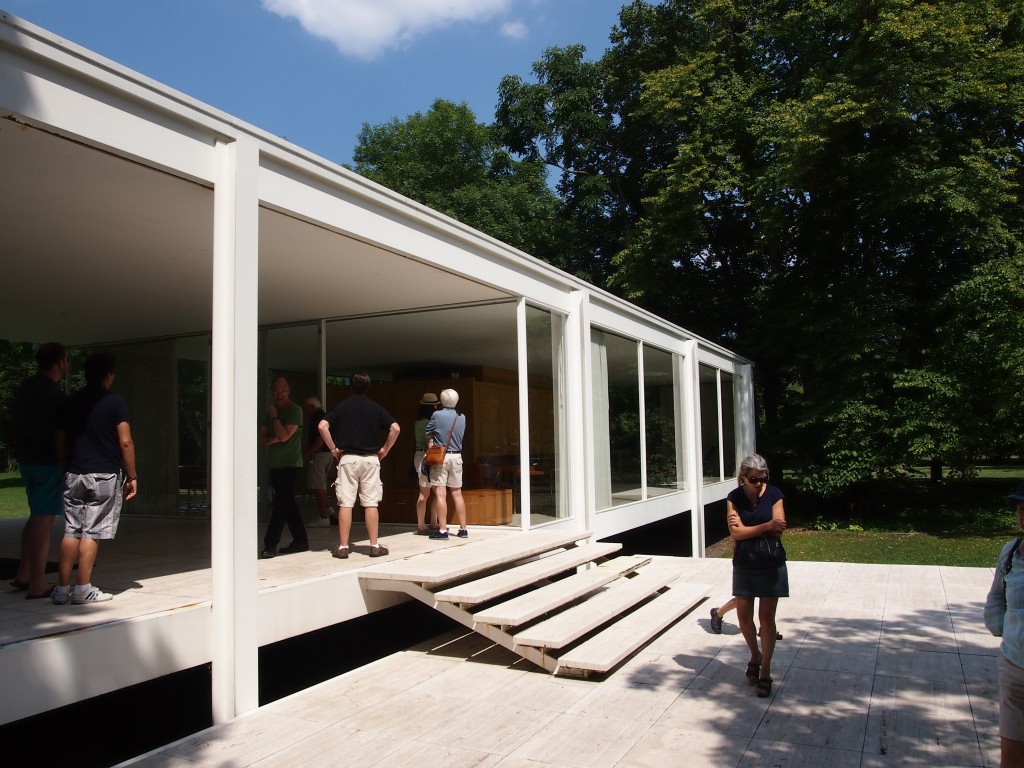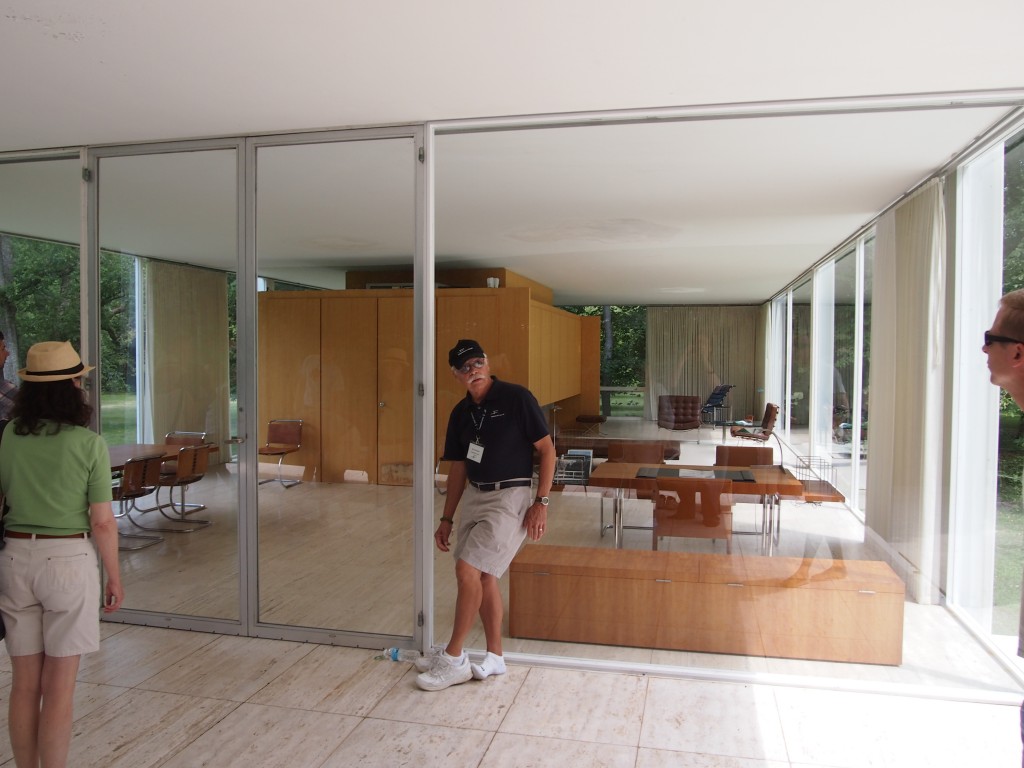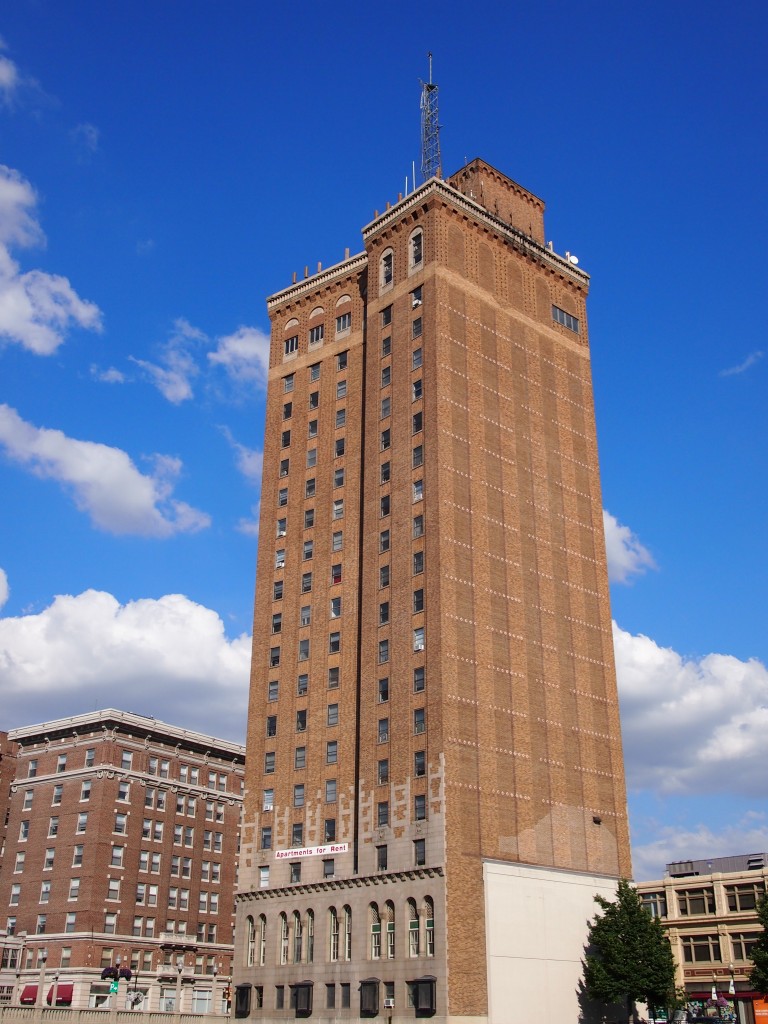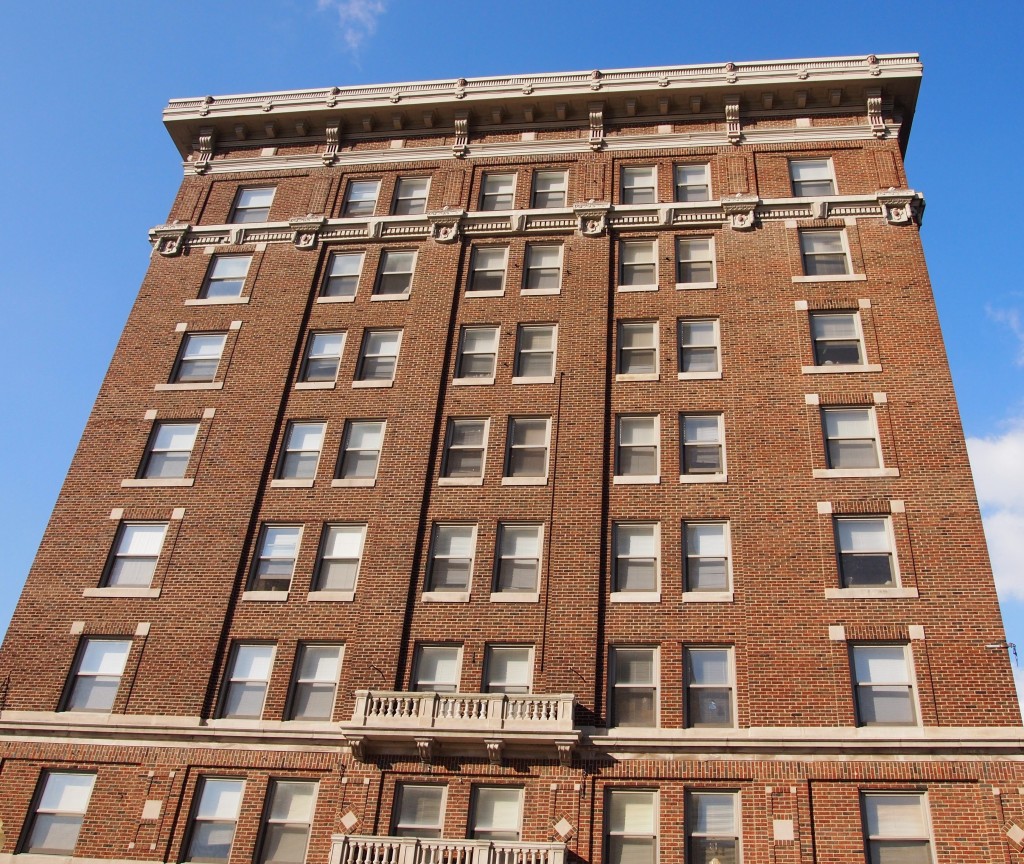Just before getting back on the train and leaving downtown Dallas, I took a look at the Cathedral Shrine of the Virgin of Guadalupe — Cathedral Santuario de Guadalupe.
The cathedral’s web site tells me that “the Cathedral is the mother church of the 630,000 Roman Catholics in the nine-county Diocese of Dallas. Today, the Cathedral serves the largest cathedral congregation in the United States — as well as the largest Latino parish congregation — with 25,000 registered households.”
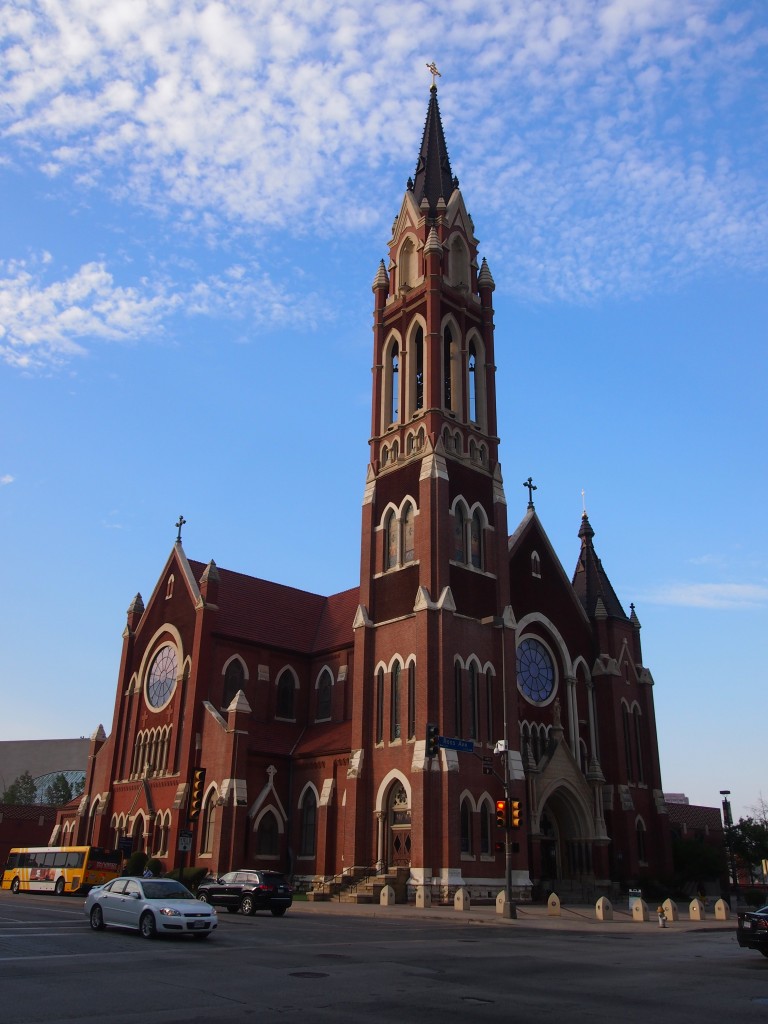 I had the place all to myself, as far as other human beings were concerned, for a few minutes on that Wednesday afternoon. Light was pouring in through the stained-glass windows on the west side of the church. It’s a lovely church inside, an example of High Victorian Gothic Architecture, finished in 1902.
I had the place all to myself, as far as other human beings were concerned, for a few minutes on that Wednesday afternoon. Light was pouring in through the stained-glass windows on the west side of the church. It’s a lovely church inside, an example of High Victorian Gothic Architecture, finished in 1902.
Nicholas J. Clayton designed it. He’s another bit of Texas history – a prolific Irish-born architect who seems to have designed everything important in Galveston before the Hurricane of 1900 – that I had to look up (but not the hurricane; I read about that as a lad, and remained fascinated by it). One of these days, I need to go back to Galveston and look around, since I can’t remember much from my last visit, 40-odd years ago.
Not far from the cathedral are these small brick constructions.
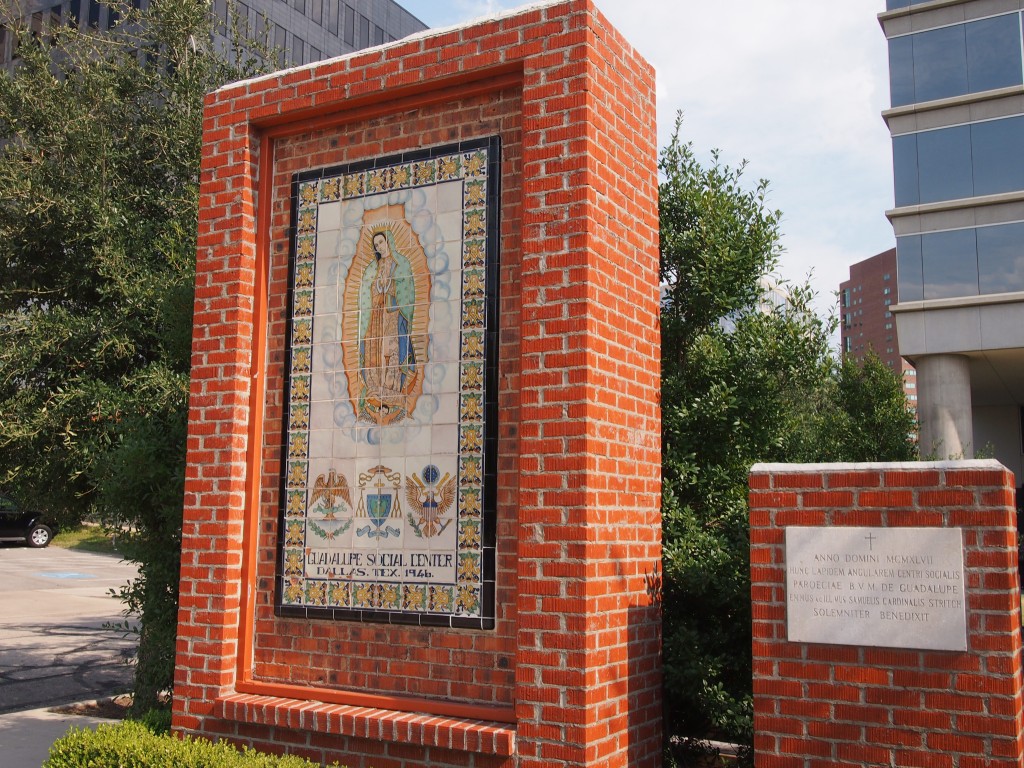 As near as I can tell, they mark the site of the social center for a neighboring parish, Our Lady of Guadalupe, which eventually merged into Cathedral of the Sacred Heart – the former name for the cathedral pictured above, which was then renamed to honor Our Lady of Guadalupe. Whatever the case, below Mary are the words “Guadalupe Social Center, Dallas, Tex. 1946.”
As near as I can tell, they mark the site of the social center for a neighboring parish, Our Lady of Guadalupe, which eventually merged into Cathedral of the Sacred Heart – the former name for the cathedral pictured above, which was then renamed to honor Our Lady of Guadalupe. Whatever the case, below Mary are the words “Guadalupe Social Center, Dallas, Tex. 1946.”
On the smaller plaque is an inscription in Latin. I have to like that. How much more public Latin is there in downtown Dallas?
ANNO DOMINI MCMXLVII HUNC LAPIDEM ANGULAREM CENTRI SOCIALIS PAROECIAE B.V.M. DE GUADALUPE EM. MUS ac ILL.MUS SAMUELIS CARDINALIS STRITCH SOLEMNITER BENEDIXIT.
Not too hard to figure out. Samuel Cardinal Stritch blessed the social center’s cornerstone on this site in 1947. At the time he was the Archbishop of Chicago.
During this visit to Texas, but in San Antonio, I also visited St. Paul’s Episcopal Church, a much smaller house of worship near Ft. Sam Houston. Once upon a time, in the misty lost past, ordinary civilians could drive right through Ft. Sam – as everyone called it – no stops, no questions asked. Now all the entrances are barricaded. So you have to drive a long way around the fort to get to St. Paul’s.
I mention the fort because the church was originally established in the late 19th century to serve Episcopalians posted at Ft. Sam. It’s a church of beautiful simplicity inside, with some fine pews and stained glass.
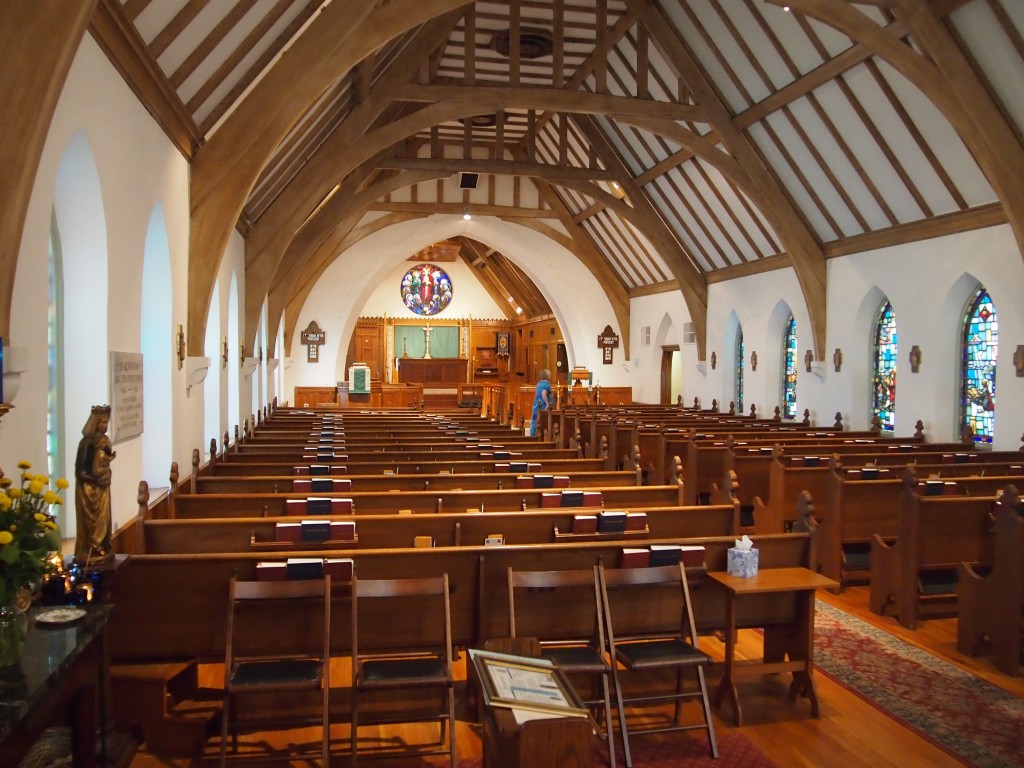 There are also a few plaques on the wall that harken back to other times. Such as this dark one.
There are also a few plaques on the wall that harken back to other times. Such as this dark one.
 In Memory of T.J.C. MADDOX Assist: Surgeon U.S. Army BORN Dec. 12, 1852 Killed in action with Indians Dec. 19, 1885.
In Memory of T.J.C. MADDOX Assist: Surgeon U.S. Army BORN Dec. 12, 1852 Killed in action with Indians Dec. 19, 1885.
TJC Maddox seems to be this fellow. Remarkably, I’ve found found the story of his death on line, which was around the time the U.S. Army was busy chasing down Geronimo.
It’s possible, though I don’t know this for a fact, that relatives of Dr. Maddox who were members of St. Paul’s in its early years memorialized him with this plaque on the wall at the back of the church, where it remains into the 21st century.
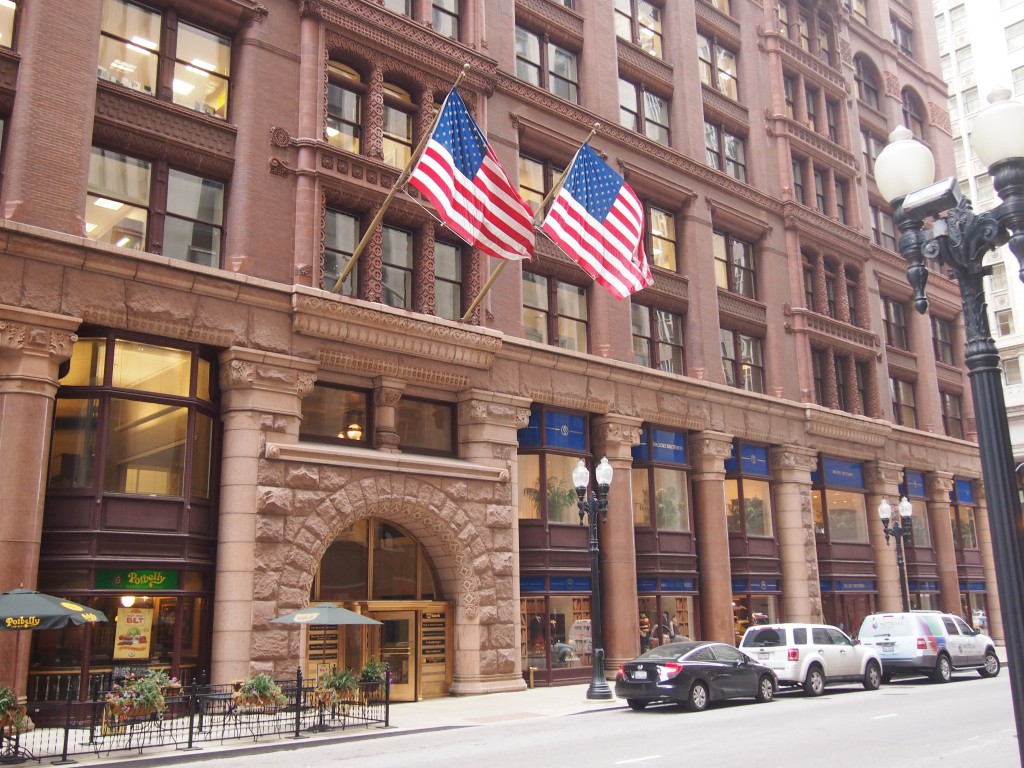
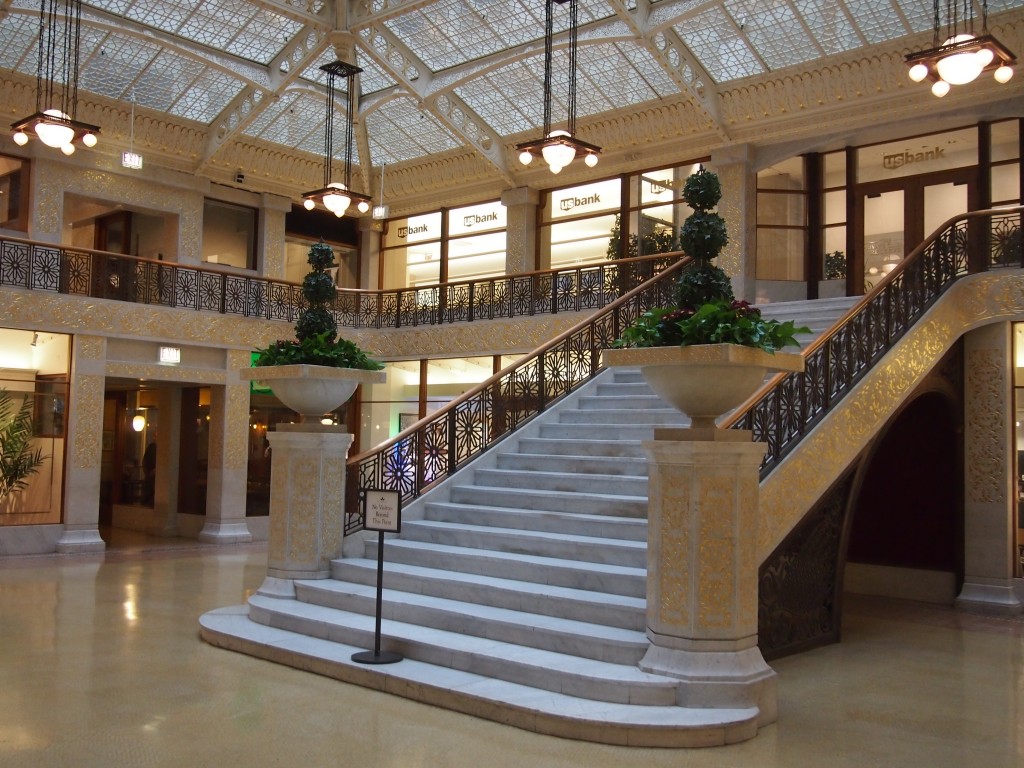


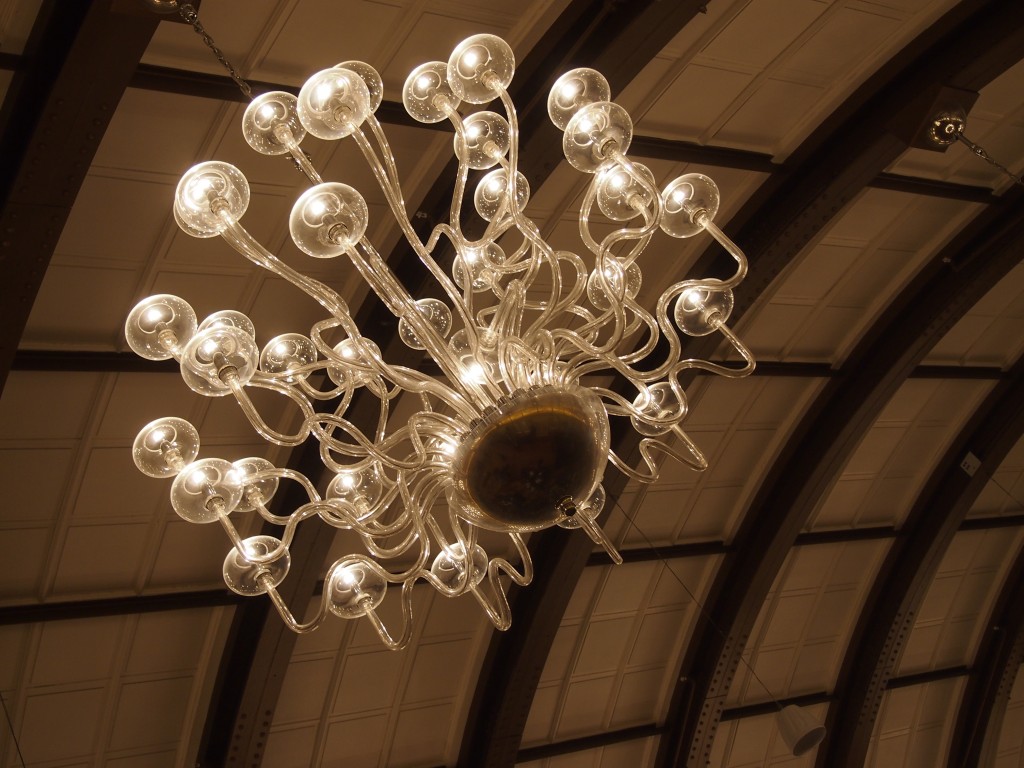
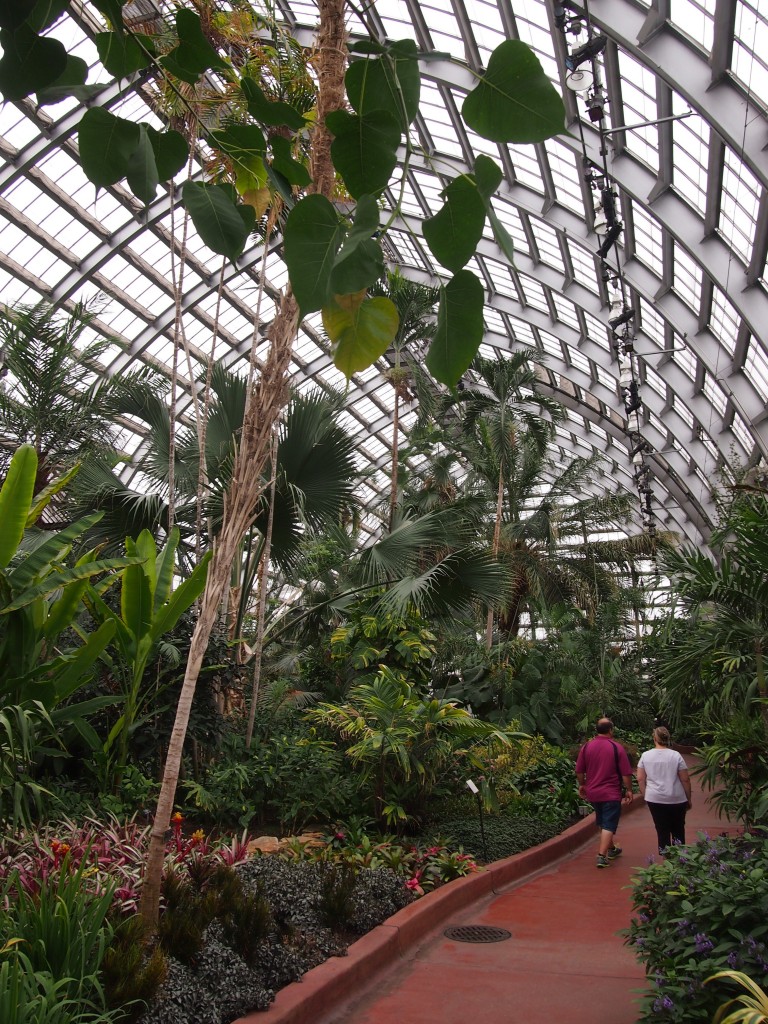
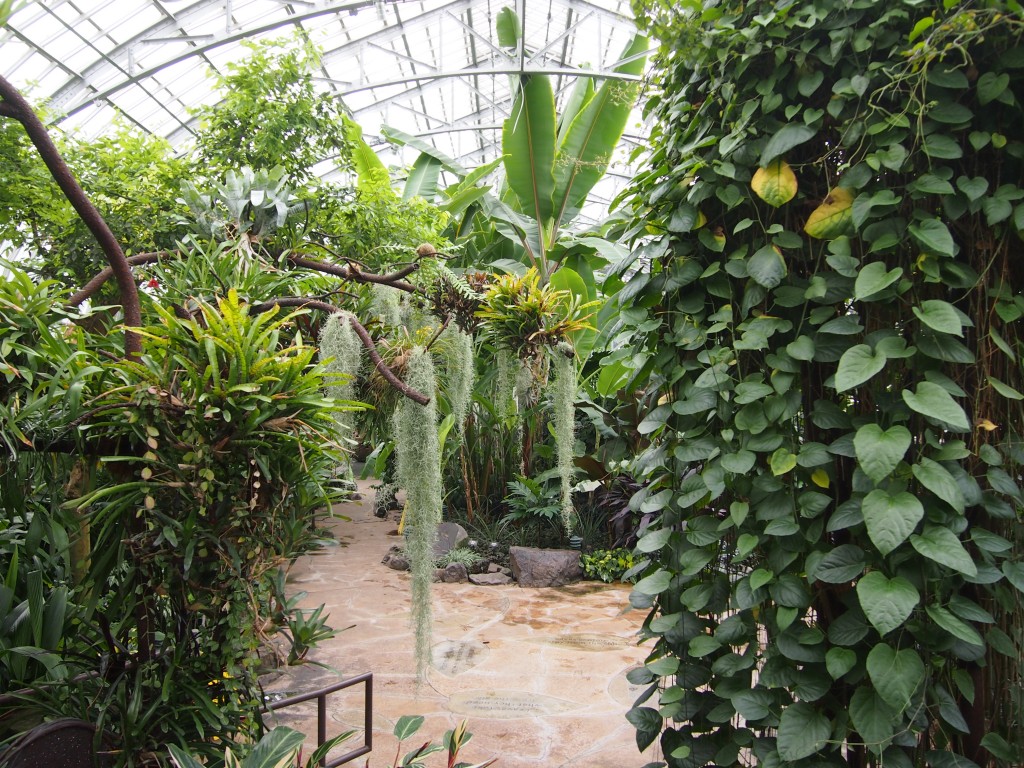
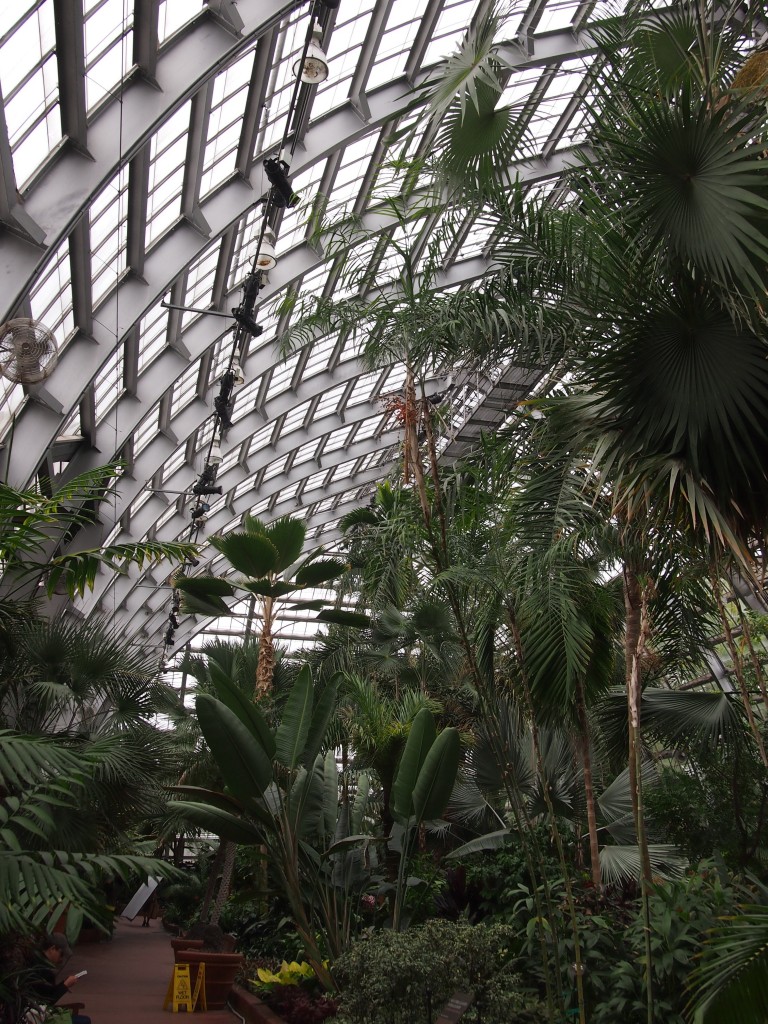

 Or the Shrimp Plant, Pachystachys lutae, Acanthaceae, which grows in Peru.
Or the Shrimp Plant, Pachystachys lutae, Acanthaceae, which grows in Peru.

